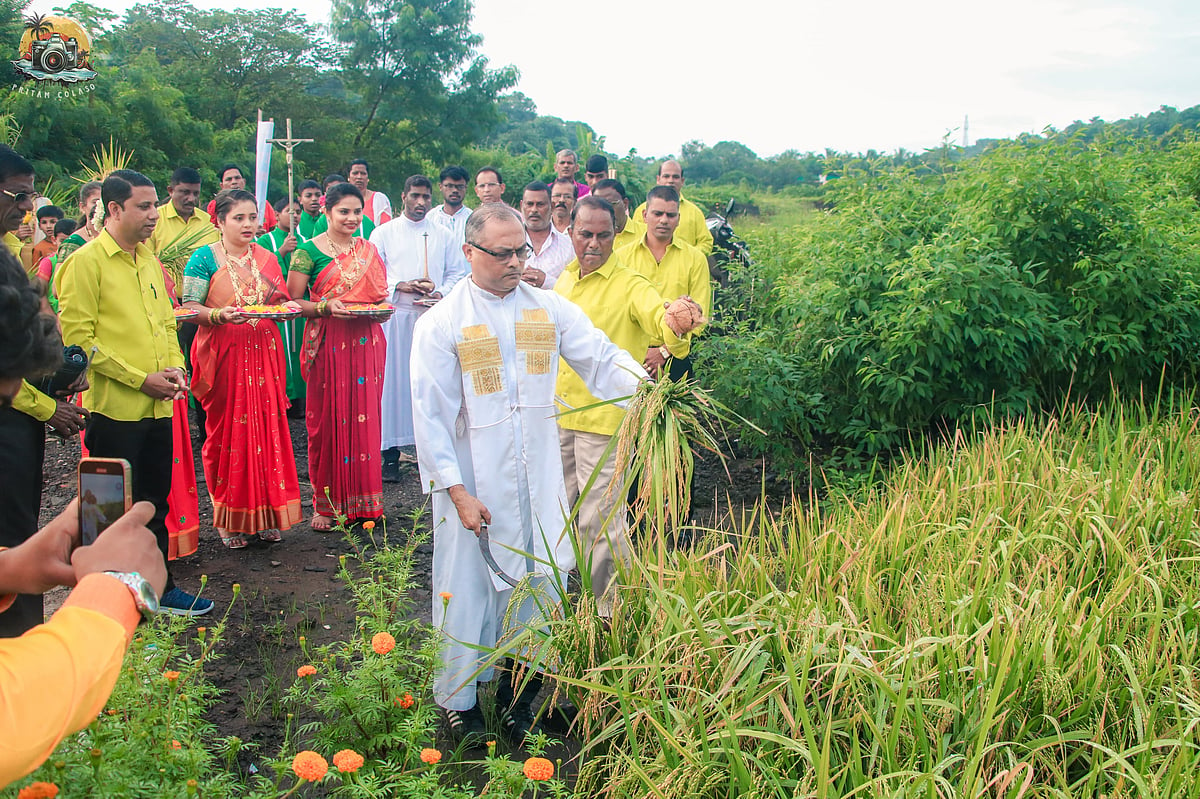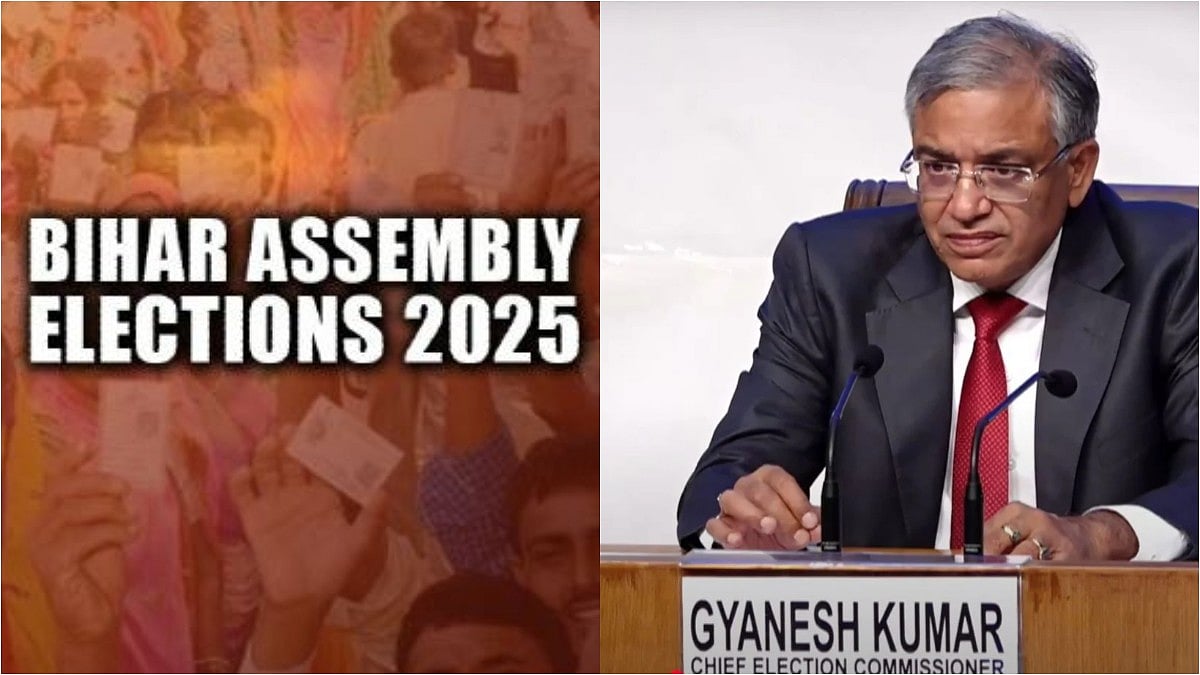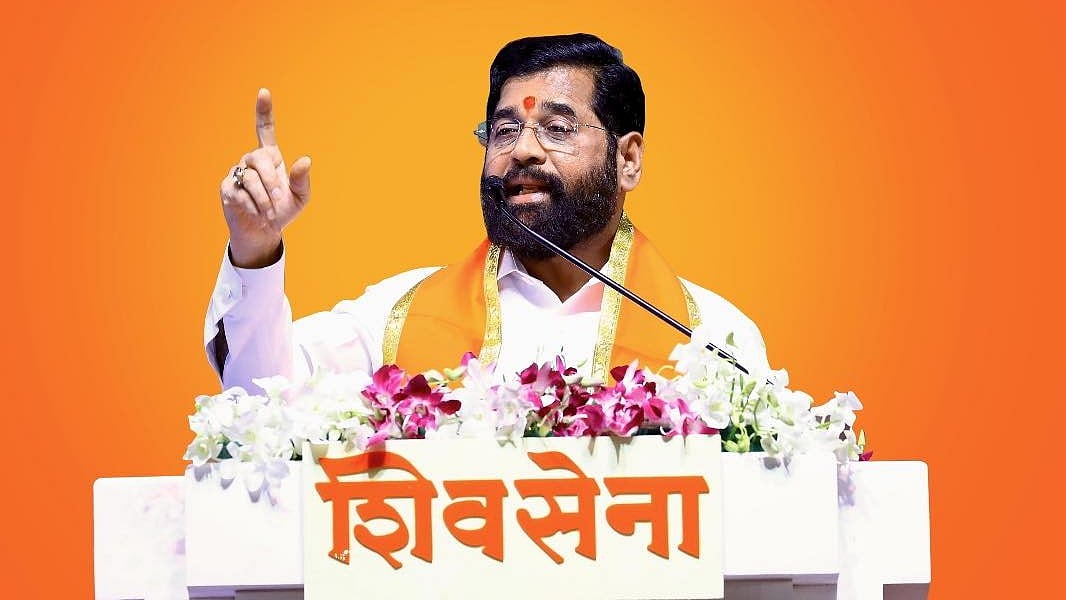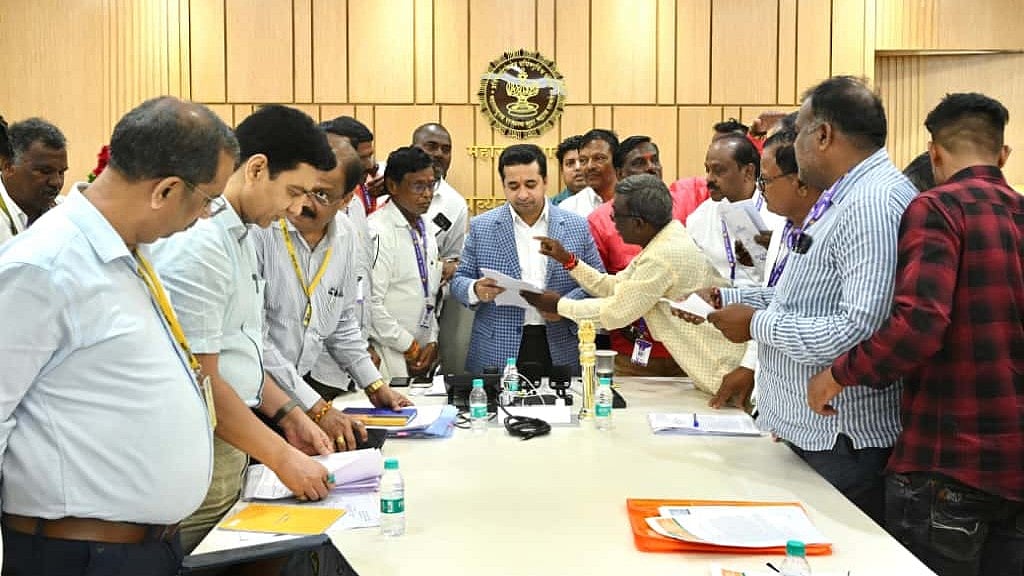The inclusion of 14 villages from Kalyan Taluka into the Navi Mumbai Municipal Corporation (NMMC) has triggered celebration among villagers and political friction among city leaders.
While villagers are rejoicing over finally being brought under NMMC’s jurisdiction and gaining representation in electoral rolls, disagreements have surfaced over the financial and infrastructural implications of the merger.
Political Opposition and Concerns
Guardian Minister Ganesh Naik has opposed the inclusion, warning that it could impose a financial burden of several crores on the civic body.
Meanwhile, former corporator Suraj Patil cautioned that the forced inclusion could strain existing civic infrastructure, saying:
“These villages have no administrative or geographical link with Navi Mumbai; they are connected to Thane and Kalyan-Dombivli. Forcing them into Navi Mumbai would require thousands of crore in infrastructure investment.”
Support from Development Committee
Members of the All-Party Development Committee, including Laxman Patil, Bharat Bhoir, Gurunath Patil, and Sukhdev Patil, have supported the merger, arguing that it will ensure long-overdue development in the villages.
A committee meeting held at Mokashi Pahaa on Saturday evening saw villagers expressing strong displeasure over the opposition, stating that the State Election Commission has already shared the ward delimitation plan, confirming that the villages will remain under NMMC’s limits until the upcoming municipal elections.
Economic Benefits Highlighted by Supporters
Supporters also argue that the merger will generate substantial revenue for NMMC through property taxes, as the surrounding areas comprise hundreds of hectares of cultivable land.
The debate reflects the tension between administrative planning, financial considerations, and local development aspirations as the city prepares for upcoming municipal elections.








